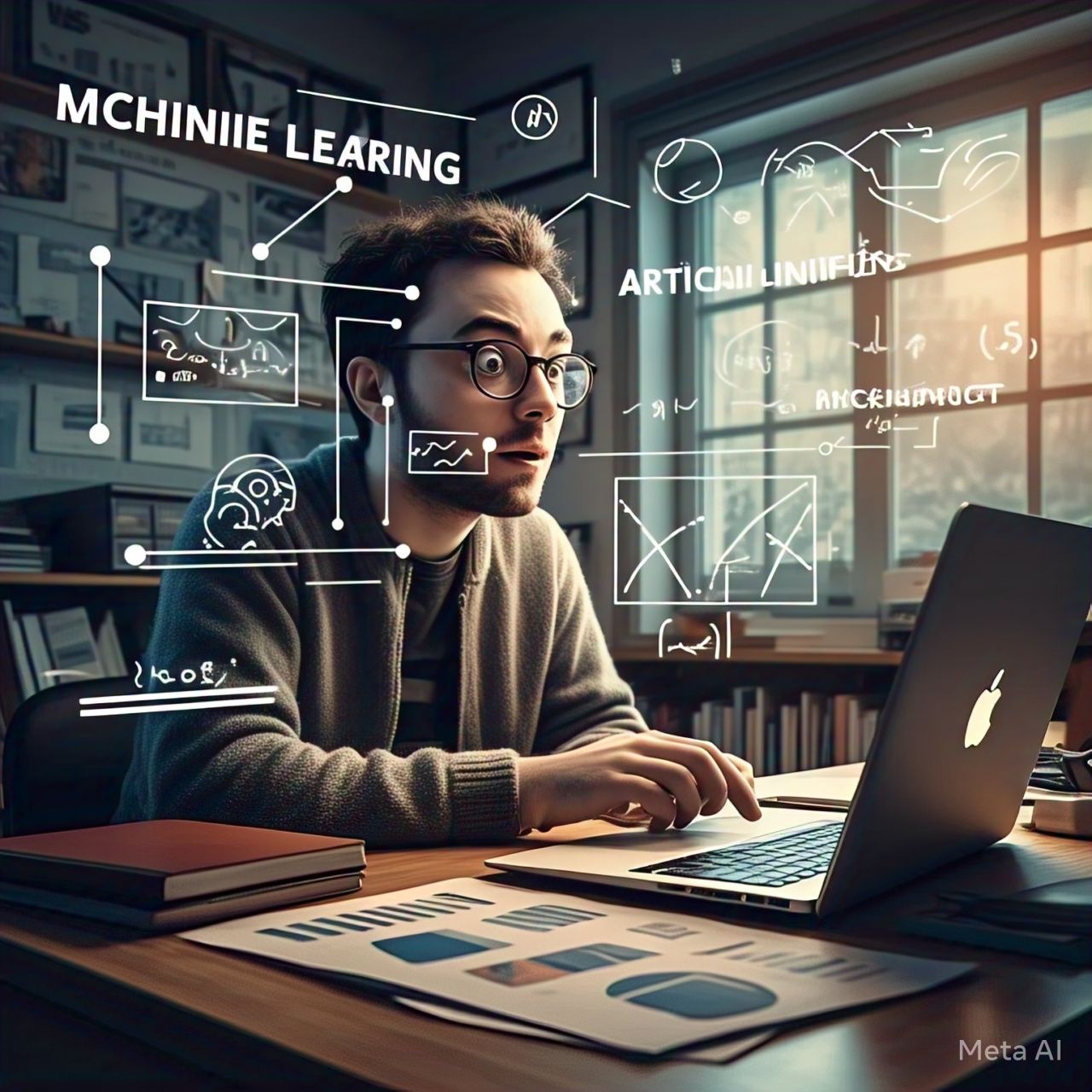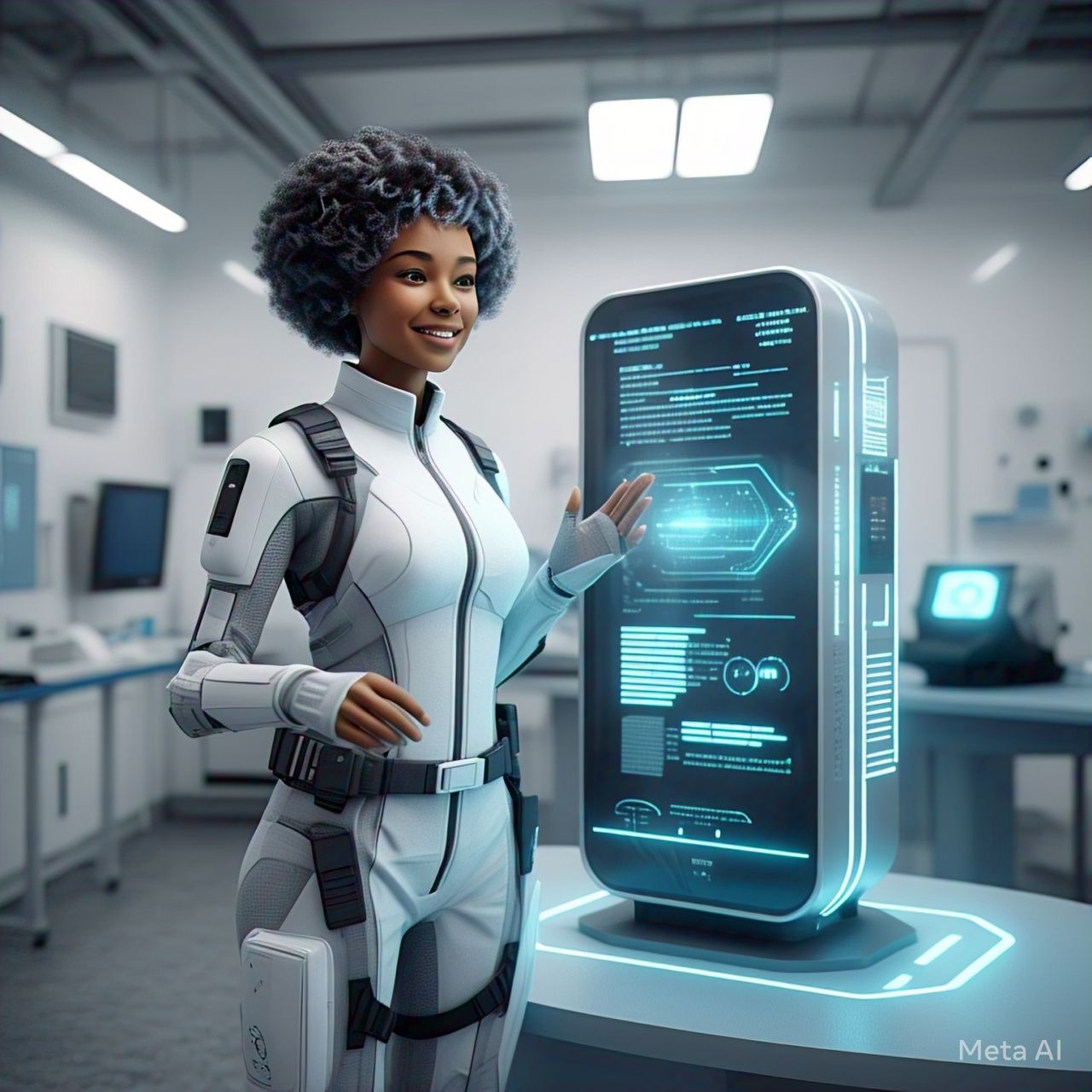Table of Contents
- Introduction
- What is Artificial Intelligence?
- What is Machine Learning?
- Key Differences Between AI and ML
- How AI and ML Work Together
- Real-World Applications of AI and ML
- Ethical Considerations and Challenges
- The Future of AI and ML
- Conclusion
- FAQs
Introduction
Artificial Intelligence (AI) and Machine Learning (ML) are often used interchangeably, but they are distinct concepts with unique functionalities. AI encompasses the broader field of creating intelligent machines, while ML is a subset of AI that focuses on teaching machines to learn from data. This article explores the differences between AI and ML, their applications, challenges, and future potential.
What is Artificial Intelligence?
AI refers to the simulation of human intelligence in machines designed to perform tasks typically requiring human cognition. AI systems can be classified into:
- Weak AI (Narrow AI): Designed for specific tasks (e.g., chatbots, recommendation systems).
- Strong AI (General AI): Aims to perform any intellectual task a human can do (not yet fully developed).
- Super AI: A hypothetical AI surpassing human intelligence.
AI techniques include expert systems, natural language processing (NLP), robotics, and deep learning.
What is Machine Learning?
ML is a subset of AI that enables machines to learn from data without being explicitly programmed. It uses algorithms to recognize patterns and improve performance over time. ML types include:
- Supervised Learning: Uses labeled data to train models (e.g., spam detection, image recognition).
- Unsupervised Learning: Finds patterns in unlabeled data (e.g., customer segmentation, anomaly detection).
- Reinforcement Learning: Uses rewards and punishments to optimize decision-making (e.g., self-driving cars, game AI).
Key Differences Between AI and ML
| Feature | Artificial Intelligence (AI) | Machine Learning (ML) |
|---|---|---|
| Definition | Broad concept of machines performing tasks intelligently | Subset of AI focused on learning from data |
| Scope | Includes ML, NLP, robotics, expert systems | Limited to data-driven learning algorithms |
| Human Intervention | May require rule-based programming | Learns automatically from data |
| Flexibility | Can be pre-programmed or adaptive | Continuously improves with experience |
| Applications | Autonomous systems, decision-making, robotics | Pattern recognition, predictive analytics |
How AI and ML Work Together
AI and ML complement each other in various ways. AI provides the broader framework, while ML enables systems to improve autonomously. For example:
- AI-powered chatbots use ML to enhance their responses.
- Autonomous vehicles combine AI decision-making with ML-based object recognition.
- Healthcare diagnostics leverage AI for reasoning and ML for pattern detection.
Real-World Applications of AI and ML
AI Applications:
- Voice Assistants: Alexa, Siri, and Google Assistant use NLP and AI decision-making.
- Autonomous Vehicles: AI processes environmental data for self-driving technology.
- Smart Robotics: AI-driven robots enhance automation in industries.
- Healthcare AI: AI aids in medical diagnosis, drug discovery, and robotic surgeries.
ML Applications:
- Fraud Detection: ML detects anomalies in banking transactions.
- Recommendation Systems: Netflix, Spotify, and Amazon use ML to personalize content.
- Image Recognition: Facial recognition technology relies on ML algorithms.
- Predictive Maintenance: ML predicts equipment failures in manufacturing.
Ethical Considerations and Challenges
Despite their potential, AI and ML pose ethical challenges:
- Bias and Fairness: AI models can perpetuate biases present in training data.
- Job Displacement: Automation threatens traditional employment roles.
- Data Privacy: AI-driven analytics raise concerns about personal data usage.
- AI Safety: Ensuring AI aligns with human values remains a challenge.
The Future of AI and ML
Future advancements in AI and ML include:
- Explainable AI (XAI): Improving transparency in AI decision-making.
- General AI Development: Moving toward AI with human-like cognitive abilities.
- AI-Human Collaboration: AI enhancing human capabilities rather than replacing them.
- Advancements in Quantum AI: Using quantum computing to enhance AI efficiency.
Conclusion
While AI and ML are closely related, they serve different roles. AI encompasses a broad range of intelligent capabilities, while ML focuses on improving performance through learning. As these technologies evolve, their impact on industries and society will continue to grow, necessitating ethical considerations and responsible development.
FAQs
1. Is machine learning the same as artificial intelligence?
No, ML is a subset of AI that focuses on learning from data, whereas AI is a broader concept that includes ML, robotics, and more.
2. Can AI exist without machine learning?
Yes, AI can function using rule-based systems, expert systems, and other methods without ML.
3. What are some real-world examples of AI and ML?
AI examples include self-driving cars and virtual assistants, while ML is used in recommendation systems and fraud detection.
4. How do AI and ML impact the job market?
While AI and ML automate tasks, they also create new job opportunities in AI development and data science.
5. What is the future of AI and ML?
Future developments include General AI, AI-human collaboration, and ethical AI frameworks.
References
- Russell, S., & Norvig, P. (2021). Artificial Intelligence: A Modern Approach. Pearson.
- McKinsey & Company. “The State of AI in 2023.” [Online].
- Harvard Business Review. “Understanding the AI and ML Revolution.” [Online].




